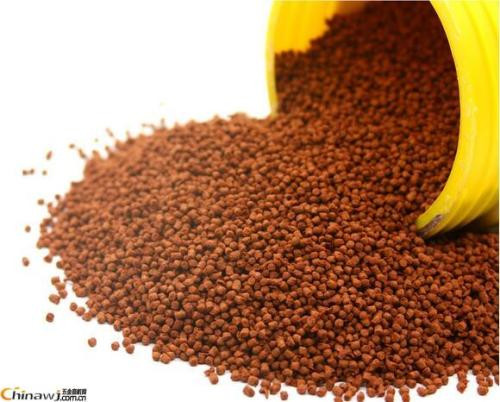Suitable fat requirement for young fish feed

Fat is the source of essential fatty acids in fish, is the essential raw material for the repair and growth of various tissues and organs in fish, provides energy for the growth and development of fish, and is also the essential substance for many intermediate metabolic reactions and the carrier of fat-soluble vitamins. The results showed that adding proper amount of fat in fish feed could increase the fish weight gain rate and feed conversion efficiency, improve feed palatability, and reduce the pollution of feed and metabolites to water environment.
Microwave sterilization equipment can provide hygienic fish feed. 360 Nile tilapia (Oreochromis nilotica) with initial body mass (46.14 (+4.67) g) were randomly divided into six groups (4 repeats per group, 15 repeats per repeat). The purified diets containing 0% (control group), 3% (control group), 6% (control group), 9% (control group), 12% and 15% fish oil (measured fat level was 0.20% (control group), 2.70% (control group), 6.11% (control group), 8.04% (11.13%) were fed respectively. And 14.85%).
After 8 weeks of feeding, the dietary fat requirement of juvenile tilapia was determined based on the growth, body composition, serum biochemical and lipid metabolic enzyme activities. The results showed that with the increase of dietary fat level, the weight gain rate, specific growth rate and protein efficiency of tilapia increased first and then decreased, and the feed coefficient decreased first and then increased.
The increase of dietary fat level significantly increased the liver-body ratio and the fat content of whole fish and muscle of Nile tilapia (P < 0.05). The serum total cholesterol and triglyceride contents of Nile tilapia increased first and then decreased with the increase of dietary fat level, which was significantly higher in each experimental group than in the control group (P < 0.05); the serum high density lipoprotein content increased first and then stabilized; the serum alanine aminotransferase and glutathione aminotransferase activities were both 6.1 in dietary fat level.
The minimum is at 1%, reaching the maximum at 14.85%. Lipoprotein esterase, liver lipase and intestinal lipase activity of Nile tilapia increased first and then decreased with the increase of dietary fat level, and fatty acid synthase activity decreased significantly (P < 0.05). Regression analysis of weight gain rate, protein efficiency, feed coefficient and serum high density lipoprotein cholesterol showed that the optimum dietary fat levels for juvenile Nile tilapia were 8.86%, 9.75%, 9.40% and 8.30%, respectively. Therefore, the optimum dietary fat requirement for juvenile Nile tilapia was determined to be 8.30%~9.75%.